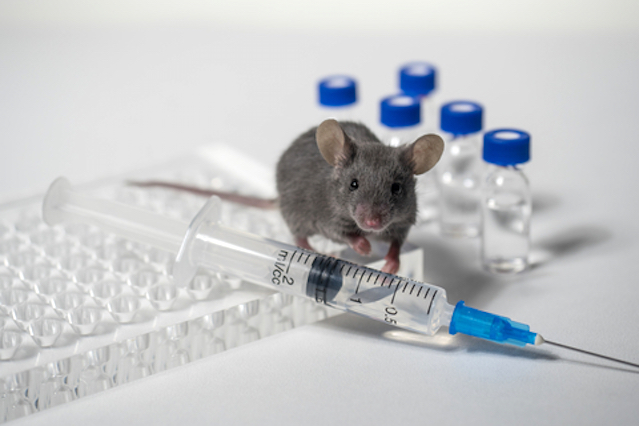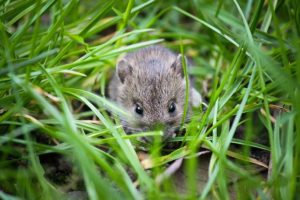Mice can be a big problem. Not only because they bring with them diseases, viruses, and bacteria – they leave droppings too, which make your home feel dirty. But pesticides are not always the best solution for us or the environment. Could the latest research into mouse pheromones be the answer?
Mice also are very hard to unseat and can ruin the value of a property. Being meticulous with your house and keeping it in tip-top shape should prevent a mice infestation from happening. However, this is often not enough to keep them away, no matter how hard you try.
A simple Google search will turn up a large number of mouse control options that stem from natural ingredients and methods. And just like all your cleaning and maintenance efforts, not all of these products are as reliable as they are said to be.
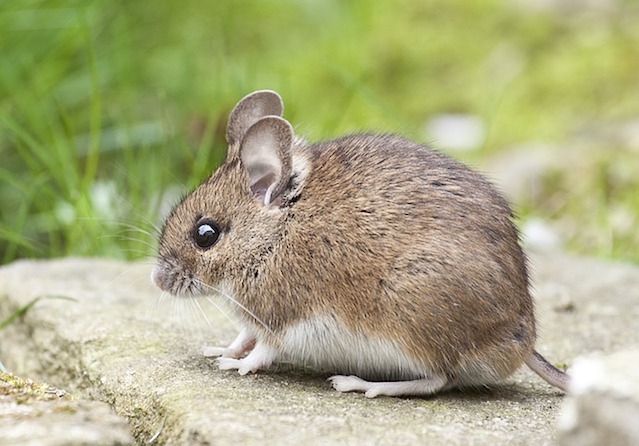
After many failed DIY attempts, people call us in to deal with the problem. And as you know – Empire like to keep it green wherever possible. Being an environmentally aware company, we are always looking out for news of cutting edge pest control methods that reduce the use of pesticides.
This is where things get interesting! There has been some promising research emerging recently involving baby mouse pheromones extracted from their tears: The chemical-free pest control potential of this is especially interesting for us at Empire, who take Health & Safety very seriously. Scientific studies have lead to a possible new mouse pheromones based control method that uses no pesticides.
So how does it work?
One of the problems with mice is that they reproduce quickly. And those young create further problems as the population grows and grows. So, researchers have been trying to find a way to reduce libido in female mice. After all, less reproductive activity means fewer baby mice underfoot.
The scientific community’s intensive research has finally stumbled upon a possible answer, in the form of baby mouse tears. Apparently, baby mice tears reduce the urge of female mice to mate.
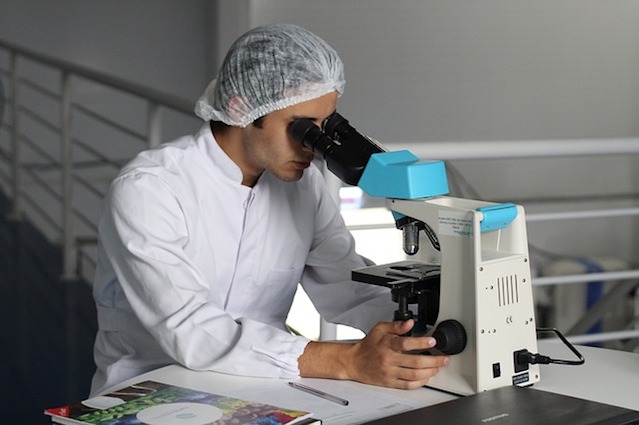
A set of Japanese researchers working with mice, have found a particular pheromone that overrides the reproduction signals inside a female mouse’s brain. These pheromones are only present in the tears of baby mice.
Young mice stop creating this specific pheromone after three weeks of life. Therefore, the chemical signal is very specific to the presence of babies. Looking at the way nature works, it makes perfect logical sense. Mothers who already have babies don’t need additional little ones to care for. If her brain senses the signal that she already has a brood, she won’t be looking to create another.
Targeted mouse control
The pheromone has been named ESP22. It appears to be a natural form of birth control for mice that is designed to pave a female mouse’s maternal workload. But scientists believe that they can take that natural birth control and turn it into a way to control mice populations in targeted areas. Such as domestic homes and businesses.
The idea is, that a small amount of the pheromone could be added to drinking water used by mice in the area where mice are considered to be pests. Because the pheromone is hard to harvest, there would have to be an optimised method of dispersal. It would need to trigger a reduced sexual urge in as many female mice as possible in the infested location.
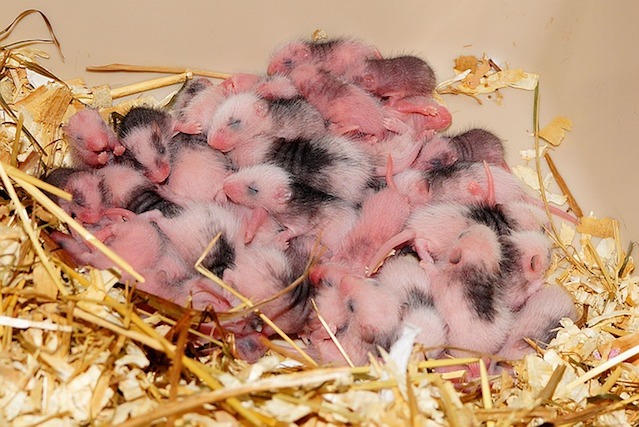
Male mice do emit a pheromone to prompt mating instincts in female mice. This pheromone is known as ESP1. However, when the pheromone ESP22 is emitted by baby mice, the mating effects of ESP1 are cancelled out.
Some people have raised concern about the risks of ESP22 affecting other species. From what we understand, however, research has indicated that the pheromone will not have an effect on other species. That is fairly logical, as mouse pheromones work in a specific way that likely only mice will react to.
Natural pest control measures such as pheromones have already been used around the world for various species. But this specific method would be new, and would allow for controlling of one of the world’s most prominent pests.
Mouse pheromones wider effects
So far, we understand there have been no signs that the pheromone ESP22 could cause any kind of harm to humans or other animals. This means we could potentially see a new way to control mice populations without posing a wider threat. Chemical treatments – and some homemade treatments – can pose harm to pets as well as humans. This is something that everyone wants to avoid.
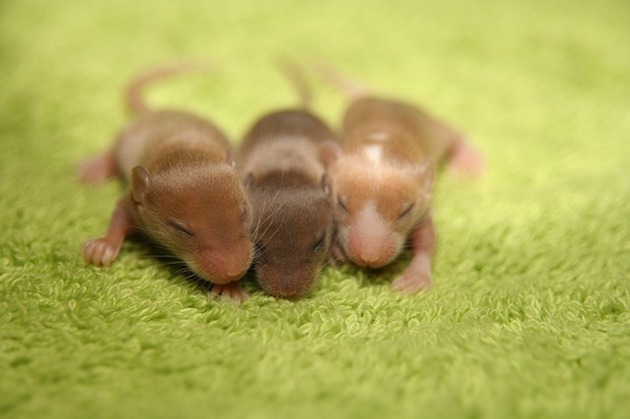
Now that the pheromone for controlling reproduction in mice has been discovered, more research into the exact usage of the mouse pheromones will need to be conducted. For example, researchers will need to find the best way to deploy these pheromone to maximise its effectiveness. Collection methods will also need to be established so that the pheromone can be used in the first place.
Once all of that is secured, we will potentially have a natural and effective way to control mice populations without harsh chemicals. By controlling the population, mouse control professionals will be able to reduce the number of mice pests wreaking havoc in our homes.


